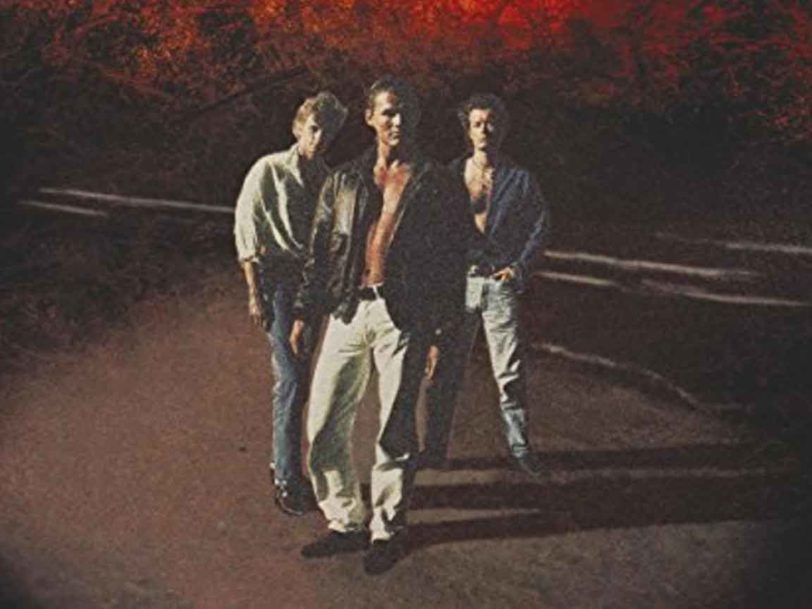Routinely (and rather lazily) billed a-ha‘s dark stadium-rock album, Memorial Beach is, rather, the sound of a band balancing distinct influences that fracture the recordings into something deliberately pitched far – but not out of reach – from the band’s melodic synth-pop breakthrough.
Listen to ‘Memorial Beach’ here.
“We could let things happen and not be so tense”
a-ha have always been tight on melody, and with a funkier, rockier tension playing out in full view, there’s a satisfying push-and-pull on the ten-track Memorial Beach that’s surprisingly effective. Take Move To Memphis, which first appeared on the 1991 hits compilation Headlines And Deadlines: some of those riffs could have come from Duran Duran’s Nile Rodgers-produced vehicle of 1986, Notorious, while Cold As Stone is a highly efficient fusion of funk, psychedelia and rock, and evidence of the soaring sound a-ha were clearly focused on. Meanwhile, Angel In The Snow is a warm, soft-focus ramble towards West Coast chillout – and that’s just three of the album’s first four tracks. This is nothing if not diverse.
Eight of Memorial Beach’s songs had been partly finished, and the final two demoed, in a-ha’s Norway homeland before the trio headed across the Atlantic to start formal recording sessions at Prince’s legendary Paisley Park Studios under the direction of David Rivkin (aka David Z, who had more recently hit big with Fine Young Cannibals’ She Drives Me Crazy, after earlier success engineering records with Prince). The group were determined to work with a producer who would tease a different approach from their compositions, and this was largely achieved by the band recording the songs live, with Rivkin focusing on the rhythmic structures that shaped them. “He would get cool sounds out of tiny plastic amps and toy keyboards,” recalled Paul Waaktaar-Savoy. “He was responsive to what we were doing. It made us realise we could let things happen and not be so tense about things.”




